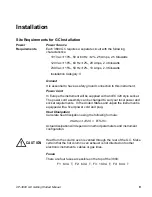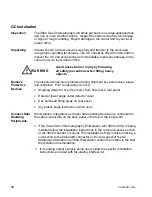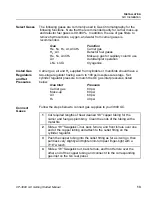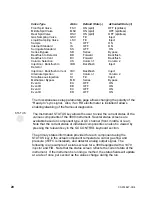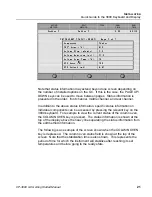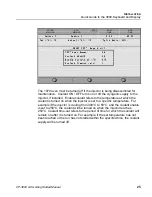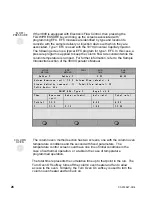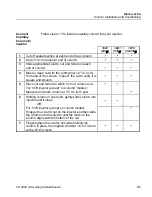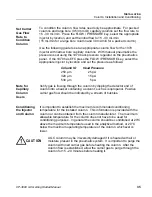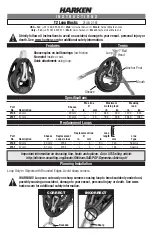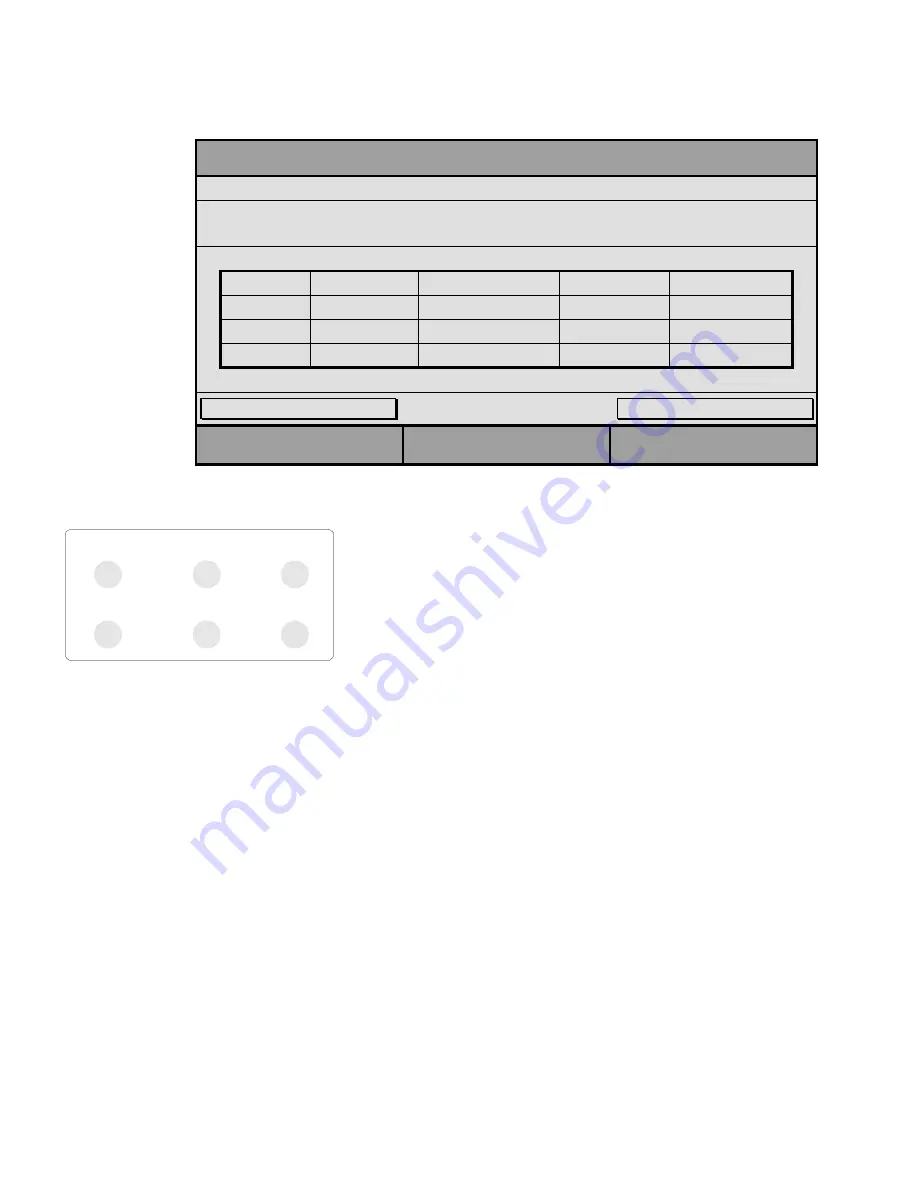
22
03-914647-00:4
ACTIVE
METHOD
EDIT
METHOD
CTRL
RUN
TIME
END
TIME
01 2: %
01 2: %
,)#" 01 2: %
,)#" 01 2: %
;"< 02:
;"< 02:
"# -': -
"# -': -
-/ -&= 5 6
-/ -&= 5 6
*
*
* 01 2
* 01 2
01 82
01 82
" 02
" 02
" 02
" 02
"
"
%
%
>>
%
%
%
%
%
%
#$ -' -
#$ -' -
#$ -' -66
#$ -' -66
S A M P LE
D E L IV E R Y
IN JE C T O R
G C C ON T R O L
F LO W /
P R E S S U R E
C O LU M N
O V E N
D E T E C TO R
O U T P U T
The 3800 contains eight separately programmed
analytical methods. On power up the system defaults to
method 1. To activate another method the user can
press the ACTIVATE key in the METHOD section and
select from Methods 1 - 8. To edit a method the user can
press the EDIT key in the METHOD section and select
the method they wish to edit. The currently active method
is by default the method that will be edited unless the user
chooses a different method to edit. Both the currently
active method and the method being edited are identified
on the top line of the 3800 display.
A method is edited by entering method parameters into the various
components of the GC CONTROL keyboard section. Components are
presented in the order that the sample goes through the GC system i.e.
Sample Delivery
Injector
Flow / Pressure
Column Oven
Detector
Output. The method can be edited by selecting any particular component
and pressing that GC Control key or by stepping through the entire analytical
method in the order shown above, i.e., if you enter values for the injector
component, you are automatically taken to the Flow / Pressure component.
The following is an example of a simple analytical method consisting of a
1079 isothermal splitless injection using EFC pneumatics, basic column
temperature ramp and FID detection. Only four method components are
built: the injector, flow/pressure, column oven and detector.


